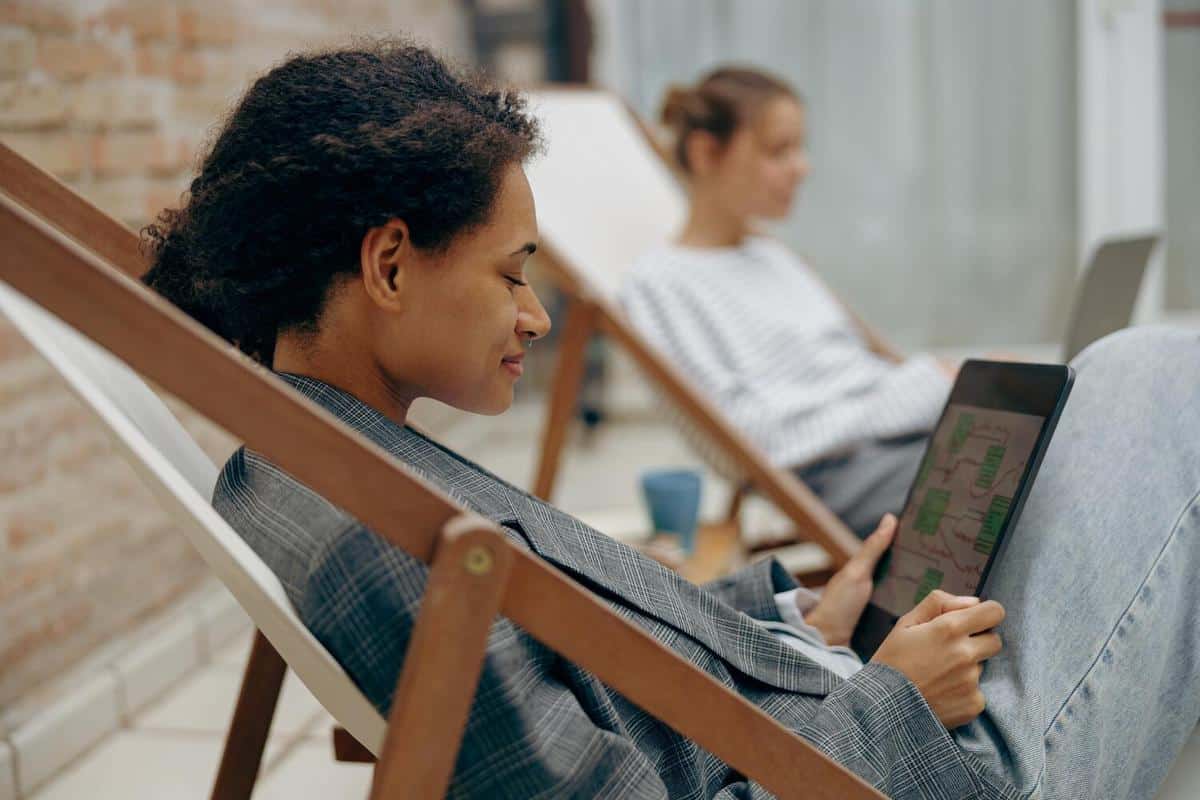
Balancing Screen Time in Remote Education
As remote education becomes increasingly prevalent, finding the right balance for screen time is crucial to ensure both effective learning and the well-being of students. While digital tools offer unprecedented access to information and flexibility, excessive screen time can lead to various challenges, including eye strain and decreased engagement.
Understanding the Impact of Screen Time
Remote education often necessitates prolonged screen time, which can impact students in multiple ways. According to a report by the American Academy of Pediatrics, excessive screen time is linked to issues such as decreased attention span, sleep disturbances, and even anxiety. In remote learning, where digital interaction is paramount, managing screen time effectively becomes even more vital.
Insights from Experts
Dr. Lisa Jones, an educational psychologist, emphasizes the importance of balanced screen time: “While technology is a powerful tool for learning, it’s crucial to incorporate regular breaks and non-screen activities to foster creativity and reduce fatigue.” Her insights are echoed by educators who advocate for a varied approach to remote learning.
Striking a Balance
To achieve a balance in screen time, here are some actionable strategies:
- Incorporate breaks: Encourage students to take short breaks every 20-30 minutes to rest their eyes and stretch.
- Blend learning modes: Use a mix of screen-based and offline activities to maintain engagement.
- Set screen-free zones: Designate certain times or areas at home where screens are not allowed, promoting other forms of learning and interaction.
- Use technology mindfully: Select educational tools that enhance learning without overwhelming students.
Real-Life Example
Consider Mark, a high school student who struggled with maintaining focus during long online classes. By adopting the Pomodoro Technique—where he studied for 25 minutes followed by a 5-minute break—Mark found improved concentration and reduced fatigue.
Practical Tips for Parents and Educators
Here are some tips to help manage screen time effectively:
Research-Backed Benefits
A study published in the Journal of Educational Psychology found that students who had structured breaks and engaged in diverse learning activities reported higher satisfaction and retention rates.
Comparison Table: Screen Time Guidelines
| Age Group | Recommended Screen Time |
|---|---|
| Preschoolers | 1 hour per day |
| Elementary School | 1-2 hours per day |
| Middle School | 2-3 hours per day |
| High School | 3-4 hours per day |
| Adults | Varies, with breaks |
| All Ages | Incorporate breaks |
| Weekends | Flexible, activity-based |
| Holidays | Screen-free days |
FAQs on Balancing Screen Time
Can too much screen time affect my child’s health?
Yes, excessive screen time can lead to eye strain, sleep problems, and decreased attention span.
How can I encourage my child to take breaks during online classes?
Encourage the use of techniques like the Pomodoro Technique, and set reminders for stretching and movement.
What are some screen-free activities for students?
Activities such as reading, drawing, and outdoor games can be excellent alternatives to screen time.
Conclusion
Balancing screen time in remote education is not just about limiting usage but optimizing it for productivity and well-being. By incorporating regular breaks, mixing learning modes, and setting clear guidelines, both educators and parents can create a more effective and healthy remote learning environment. For further resources on managing screen time, consider exploring educational websites and forums that offer community support and detailed strategies.


